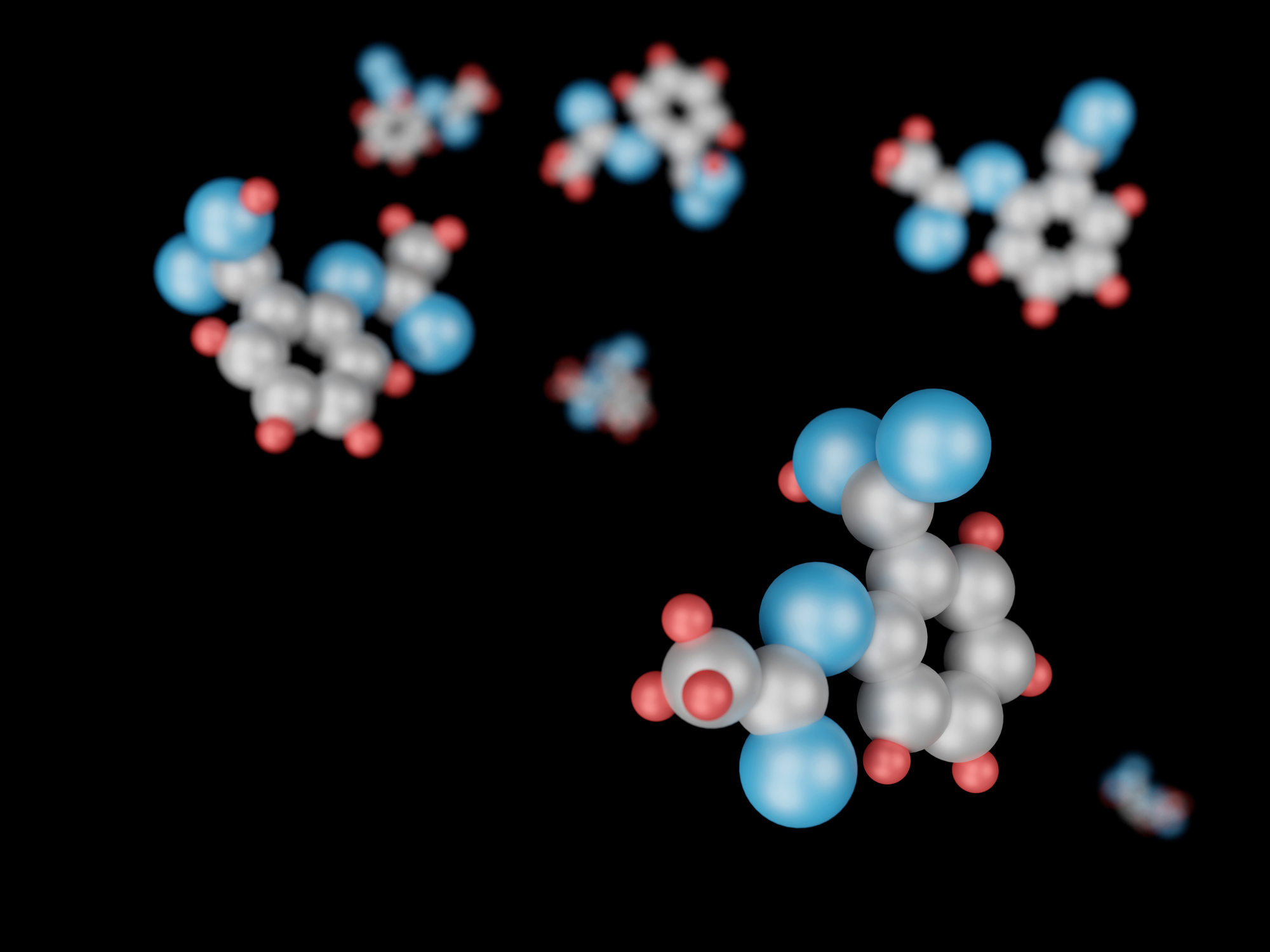LC/MS Applications in Drug Development
Basic Principles of LC/MS Methods
Liquid Chromatography-Mass Spectrometry (LC/MS) is a technique that involves the physical separation of target analytes followed by their mass-based detection. The key elements of these analytical systems include an autosampler, a liquid chromotography (LC) unit, a mass spectrometer (MS), and an ionization source between the LC and MS equipment. Two of the more common MS analyzers found in clinical labs include quadrupole and time-of-flight.
Quadrupole systems use fluctuating electrical fields to “filter” ions passing through a radio frequency (RF) quadrupole field. Ions in a selected range are passed through and detected by the system, providing data on only one specific ionized molecule or mass object at a time. Single quadrupole systems detect the intact molecule. To increase the selectivity, a second quadrupole can be placed in line after a collision cell (often also a quadrupole) so a specific fragment ion can be detected (tandem, QqQ or triple quad). Quadrupole MS is highly specific, sensitive, and excellent when used for a focused analytical application.
The time-of-flight (TOF) analyzer utilizes an electric field to accelerate ions through an electrical potential. The velocity of the ions is dependent on their mass with lighter ions reaching the detector first. Therefore, this method measures the time for each ion to reach the detector and results in a full molecular profile of a sample. TOF analysis is often applied to broader small molecule or drug screening and can be used to identify unknown analytes. The higher mass resolving power of this technique is counterbalanced by lower sensitivity and lower dynamic range of the analysis. Additionally, TOF and Quadropole combined platforms (Q-TOF) are now available which provide the same benefits of a Quadropole system but can be used for analysis of unknown analytes.
LC/MS Uses During Drug Discovery and Development
LC/MS is a widely applicable analytical tool used at various stages of the drug development process. LC/MS methods can be employed for separation, identification, and quantification of both unknown and known analytes as well as elucidation of structures and chemical properties of various compounds or molecules. During discovery, compound or chemical libraries are screened and lead therapeutic candidates are selected for further evaluation. LC/MS can be leveraged to check the identity and purity of these initial libraries and to further characterize the chemical or physical properties of the lead candidates including such aspects as solubility and stability. One of the major applications of LC/MS at this early stage of drug development is for evaluation of drug metabolism and pharmacokinetics (DMPK) but there are many other uses of LC/MS in the preclinical and clinical space.
DMPK
DMPK is a major area of use for LC/MS methods. The biotransformation or metabolism of a drug candidate is a critical component to understanding the safety and dosing strategy for animal or human studies. LC/MS-based assays to evaluate absorption, distribution, metabolism, and excretion (ADME) properties can include in vitro metabolic stability, metabolite profiling and identification (in vitro and in vivo), predication of drug-drug interactions, and monitoring circulating metabolites during human clinical studies. These data can assist drug developers with evaluating potential toxicity risks such as the formation of harmful metabolites. In combination with pharmacokinetic assays to measure exact drug concentrations in samples, metabolism assays can also help to predict the overall clearance and half-life.
Immunogenicity Assays
LC/MS has historically been a major methodology leveraged for small molecule therapeutics from research through clinical testing stages. However, the adaptability and flexibility of the platform has resulted in an uptick in its application to large molecule bioanalysis as well. Large molecule testing is typically performed using ligand-binding assays (LBA). However, recent advances in MS technology have enabled the application of LC/MS strategies with improved performance over LBA in some circumstances.
BioAgilytix’s Expertise with LC/MS
With the growing use of LC/MS in all facets of drug development, finding a CRO partner with the experience to navigate both the regulated and nonregulated bioanalytical space is important. At BioAgilytix, our scientists have decades of expertise performing industry-standard DMPK assays, custom drug metabolism research, and IND-enabling studies, to assess drug-drug interaction potential, metabolic stability, metabolite profiling, and protein binding. Whether you are in the discovery, lead optimization, or candidate selection phase of your study, we will partner with you to define the appropriate level of work.
BioAgilytix has the most advanced LC/MS platforms and the scientific expertise to support bioanalysis of large and small molecules. Our fleet of unit mass and high-resolution mass spectrometers coupled with ultra-high performance liquid chromatographs (UHPLC) produces highly sensitive, accurate, and reproducible bioanalytical data. Contact us today to find out how we can leverage our LC/MS offerings to support your drug programs.
References:
Walter A. Korfmacher, Foundation review: Principles and applications of LC-MS in new drug discovery, Drug Discovery Today, Volume 10, Issue 20, 2005, Pages 1357-1367
https://www.sciencedirect.com/science/article/abs/pii/S1359644605036202
Dahal UP, Jones JP, Davis JA, Rock DA. Small molecule quantification by liquid chromatography-mass spectrometry for metabolites of drugs and drug candidates. Drug Metab Dispos. 2011 Dec;39(12):2355-60. doi: 10.1124/dmd.111.040865. Epub 2011 Sep 21. PMID: 21937735; PMCID: PMC3226380. https://www.ncbi.nlm.nih.gov/pmc/articles/PMC3226380/
Application of LCMS in small-molecule drug development
https://www.europeanpharmaceuticalreview.com/article/43628/application-lcms-small-molecule-drug-development/
